News Articles

Taxpayer-subsidized carbon capture is driving a backlash in Louisiana, Texas and other states
Driven by billions in taxpayer subsidies, companies are planning hundreds of projects across the U.S. intended to capture carbon dioxide emissions from industry and pump the pollution underground. The wave of carbon capture, transportation, and storage projects is triggering backlash in the form of lawsuits, grassroots activism, and regulatory changes. States in the Gulf Coast and Midwest have had public debates and court battles over some of these projects.

Trump Administration proposes gutting Endangered Species Act to boost energy industry
The Trump Administration recently announced its intention to revoke protections under the Endangered Species Act and allow federal agencies to greenlight destructive mining and drilling projects without studying their impact on the habitat of threatened and endangered species. This proposal comes at a time when the Trump Administration is also aggressively pushing to open up oil and gas drilling in places where it hasn’t been permitted for decades.
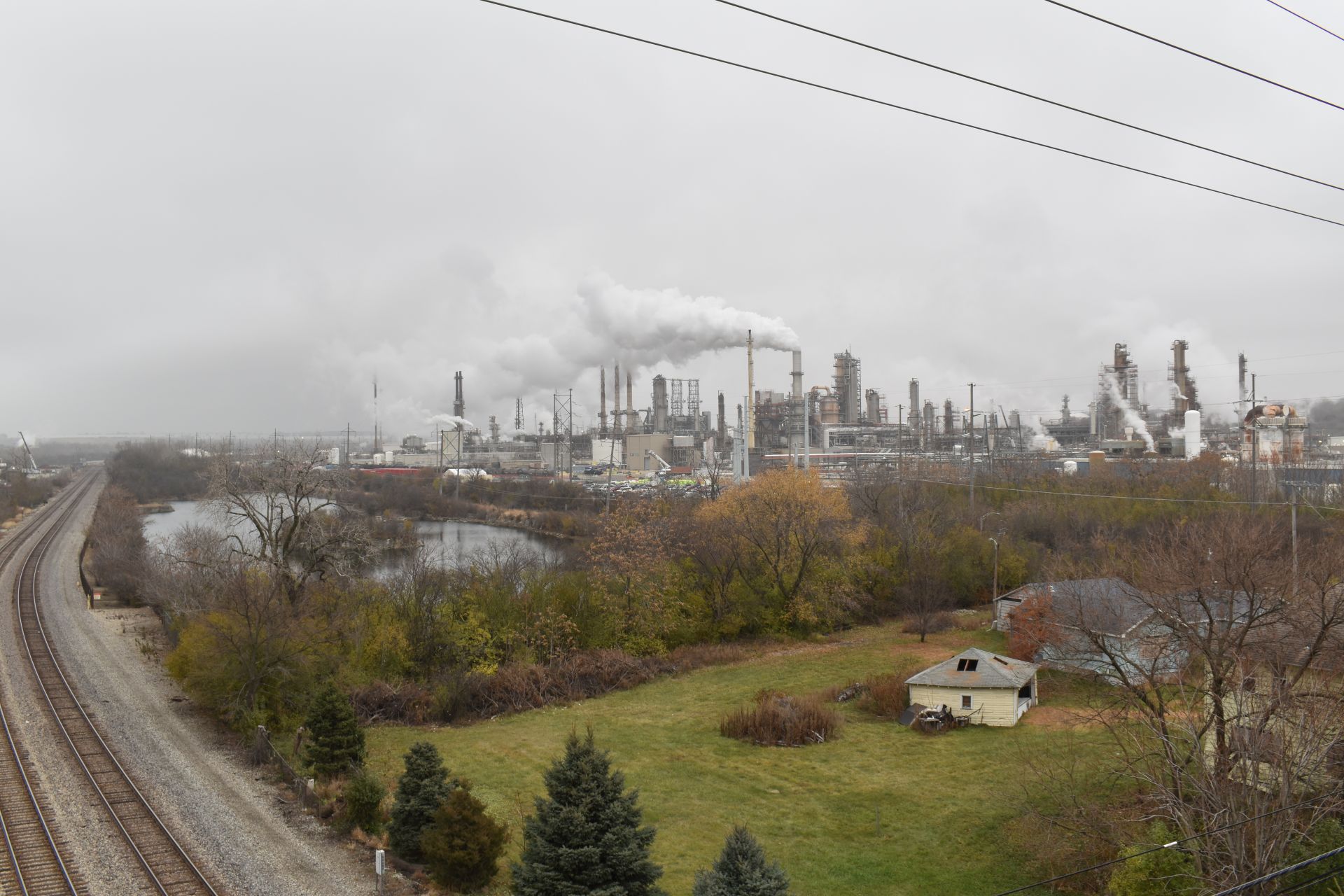
In refinery town near Chicago, cancer concerns lead to calls for better air monitoring
A group of residents of Lemont, Illinois, and surrounding communities are concerned about cancer and other illnesses, with state public health data showing a a growth cancer cases. After finding data that show occasional spikes of carcinogenic benzene emissions from a nearby Citgo refinery, they are asking for real-time air monitoring and an alert system.

Trump wants to revoke a drilling ban around a cherished World Heritage Site
The Trump Administration recently announced that it plans to abolish a Biden-era federal ban on oil and gas drilling within 10 miles of the Chaco Culture National Historical Park in northern New Mexico, home to a large concentration of Indigenous ruins. The announcement is part of the Trump Administration’s broader “drill, baby, drill” agenda of rolling back drilling and mining restrictions on the federal government’s vast land holdings as it aims to boost fossil fuel production.
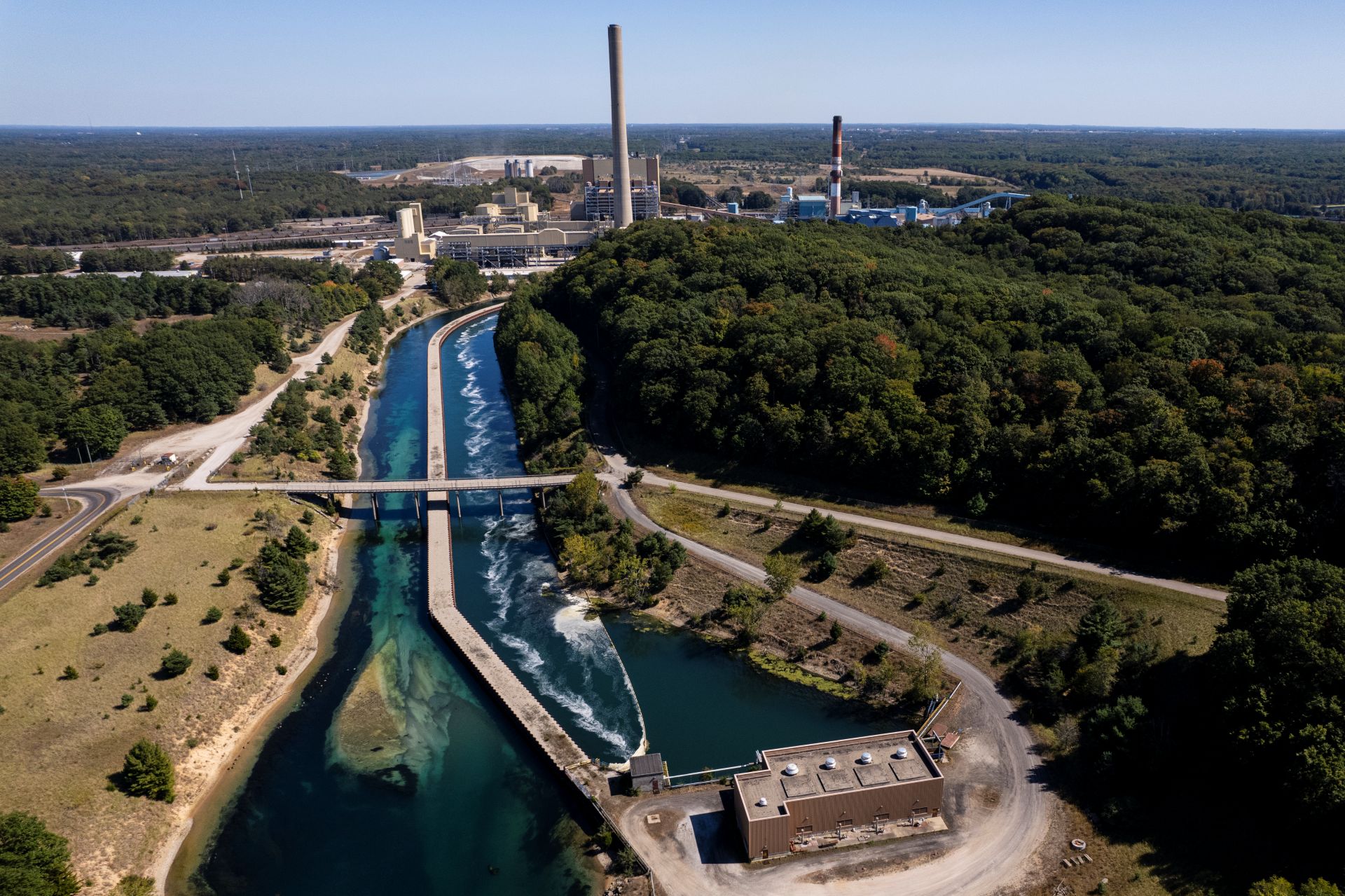
Trump forces expensive fossil fuel plants to keep running, making consumers pay more
So far this year, the administration has ordered a coal-fired power plant in Michigan to delay retirement, as well as a plant that burns natural gas and oil in Pennsylvania, and a mainly oil-fired power plant in Maryland. For the Michigan and Pennsylvania plants, the administration broke with precedent by acting without any request by electric grid operators to keep the plants running or any warnings that the closures would cause reliability problems.
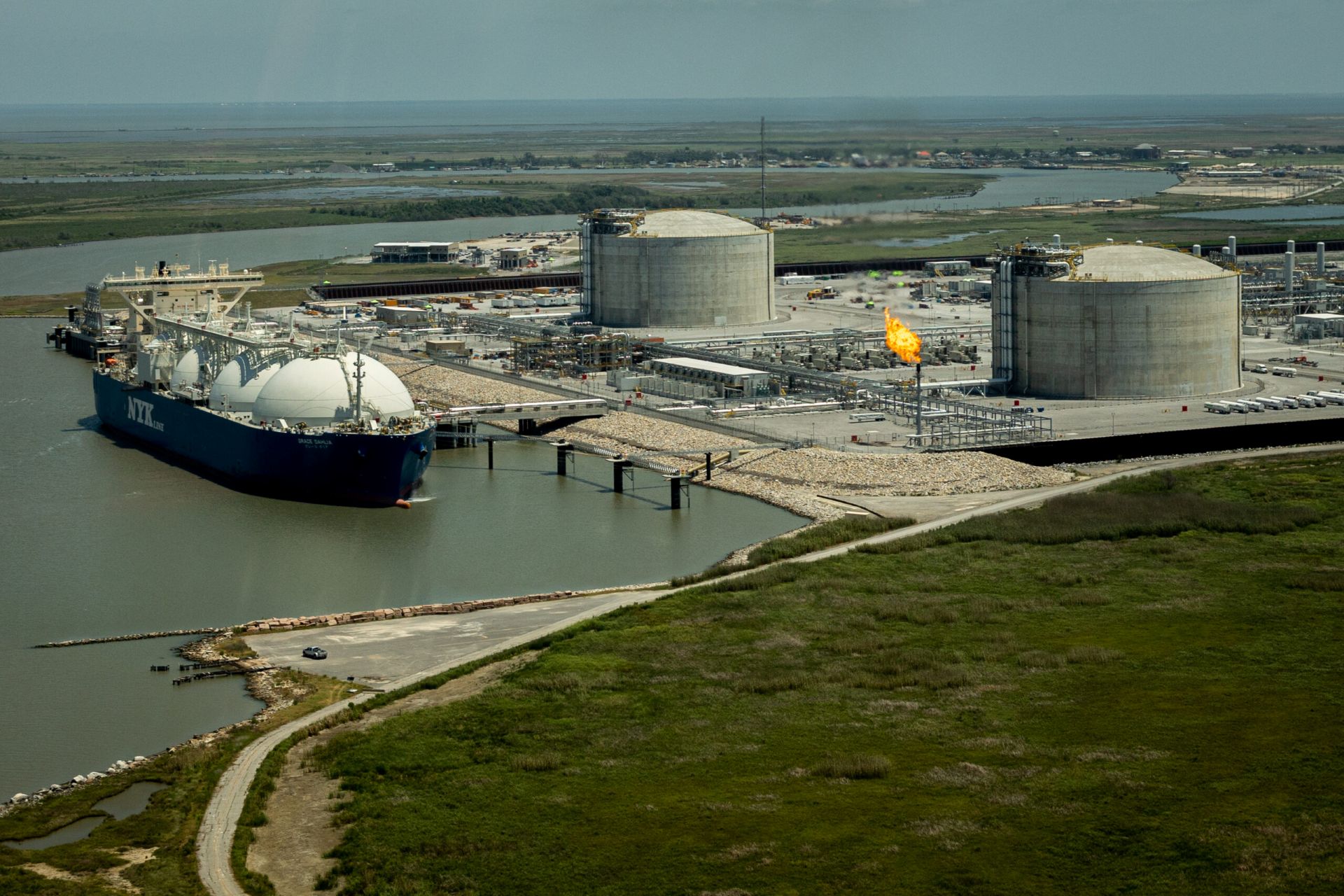
All U.S. LNG terminals active in 2024 violated air pollution limits over last 5 years
All seven of the LNG export terminals that were fully operational at the end of 2024 violated the Clean Air Act at least once over the last five years, according to “Terminal Trouble,” a new report released this week by the Environmental Integrity Project. Five terminals have exceeded their water pollution control permits at least once over the last five years
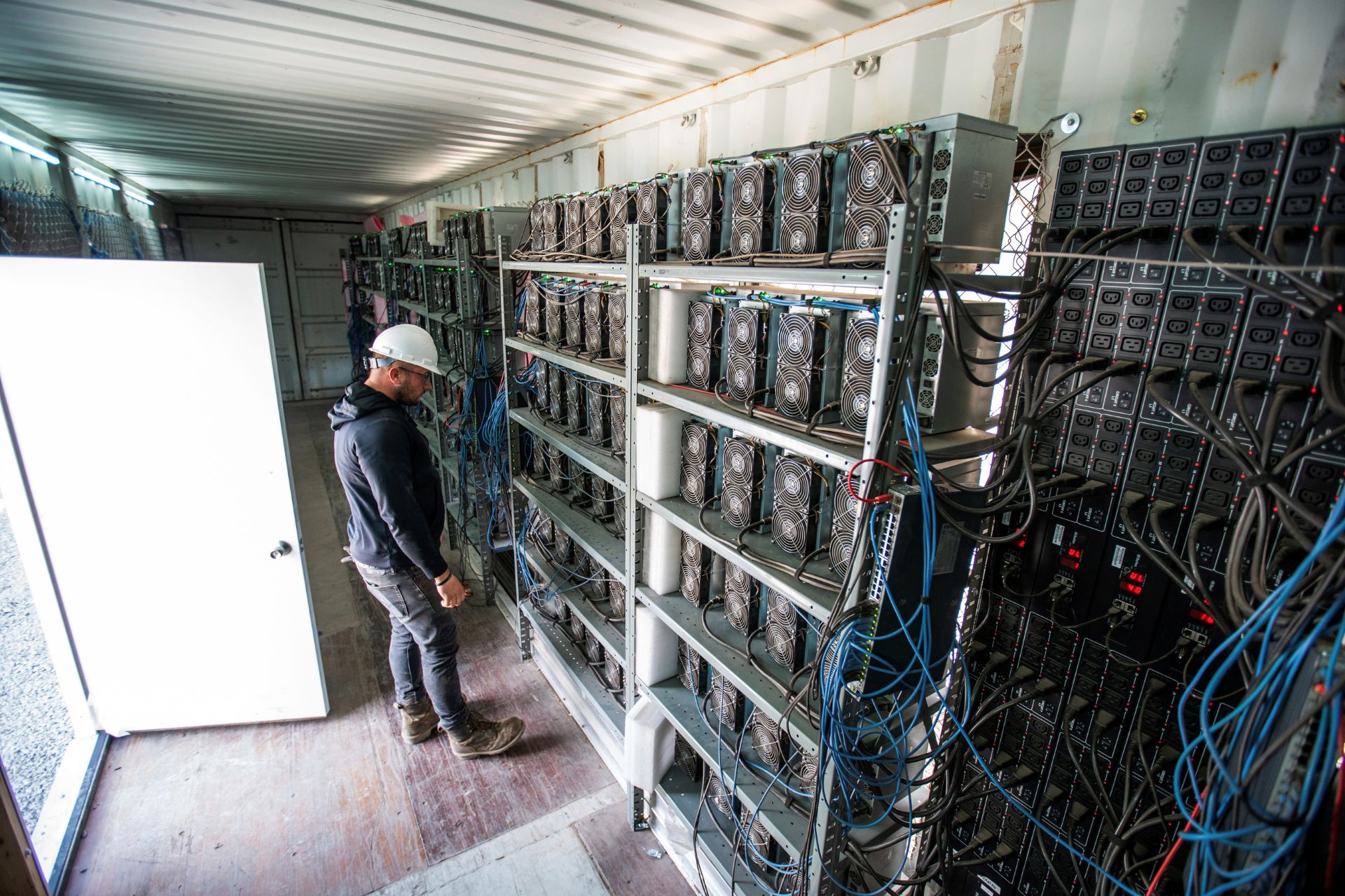
U.S. data center boom driving wave of new gas-fired power plants
The U.S. is facing a boom in data centers, with the number of these facilities projected to more than double or even triple by 2030, which is triggering a surge in the proposed construction of gas-fired power plants. This growth is being driven by the race to develop artificial intelligence (AI) and cryptocurrency, as well as the ever-increasing demand for cloud-based storage. The wave of new data centers and related gas plants are raising concerns about the potential greenhouse gas impact of the boom.
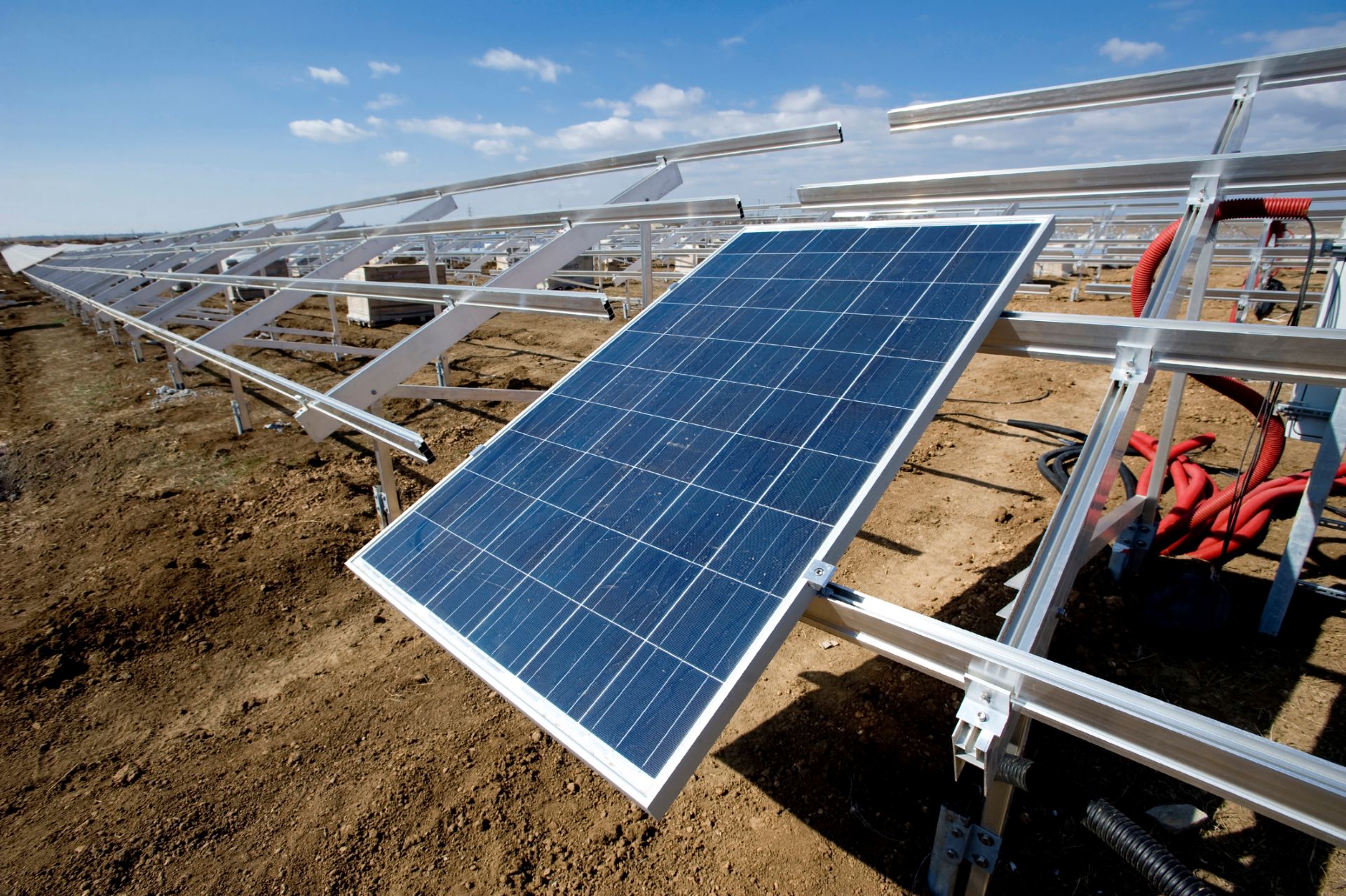
Trump cancels billions in clean energy grants while increasing subsidies for oil and gas
On Oct. 2, the Trump Department of Energy announced it was cancelling over $7.5 billion in federal funding for 223 clean energy projects that the administration argues would be a waste of taxpayer dollars. The projects are mostly in states that voted for Democrat Kamala Harris in last year’s presidential election. But President Trump’s own landmark legislation signed in July, the “Big Beautiful Bill,” grants an additional $4 billion a year in new taxpayer subsidies to the fossil fuel industry.

The oil and gas industry keeps laying off workers as Trump pushes 'drill, baby, drill!'
The record-high oil and gas production that President Donald Trump inherited when he took office has not translated to more jobs in the industry. Major oil and gas companies, including ExxonMobil, Chevron, Shell, and BP, are all laying off workers amid a decade-long trend of declining industry employment. Industry leaders and analysts attribute the job losses to a combination of persistently low oil and gas prices; higher supply costs, in part due to Trump’s tariffs; and consolidation in the industry, with company mergers leading to eliminating redundant positions.
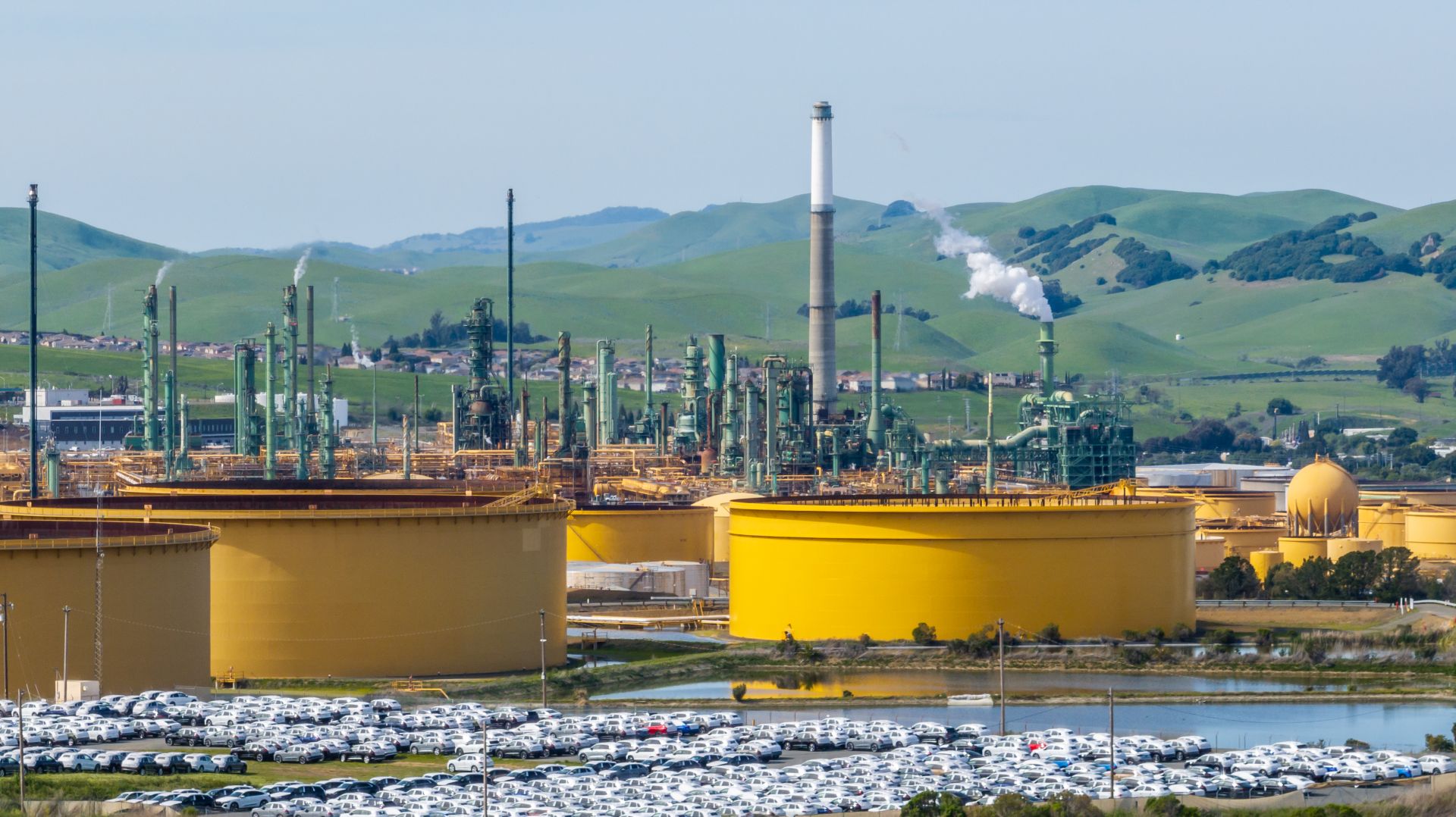
Deep blue California ‘panics’ about refinery closures by allowing more drilling
As recently as a few years ago, California Gov. Gavin Newsom was calling on the state to ban hydraulic fracturing for oil and gas by 2024 and to consider phasing out all oil production statewide by 2045. Newsom has since pivoted to support a six-bill package of energy and climate legislation, including a bill that allows oil-rich Kern County, north of Los Angeles, to issue 2,000 new drilling permits a year without further environmental review for the next decade.
_resized.jpg)
Data show U.S. has no energy ‘emergency,’ despite Trump order directing agencies to fast-track fossil fuels
Despite heaps of evidence to the contrary, the White House issued orders on Jan. 20 claiming that the country has “insufficient energy production, transportation, refining, and generation” and that it is “in the national interest to unleash America’s affordable and reliable energy.” In reality, the U.S. does not have an energy emergency, with the country's energy production and exports reaching record highs.

Texas company plans massive power plants to fuel 'intelligence campus' named after Trump
In the panhandle of Texas, a company is planning to build a massive gas-fired power plant and four nuclear reactors to supply energy for a data center complex – all dubbed the “President Donald J. Trump Advanced Energy and Intelligence Campus.” The project joins a wave of companies proposing new gas-fired power plants in Texas and across the U.S.,
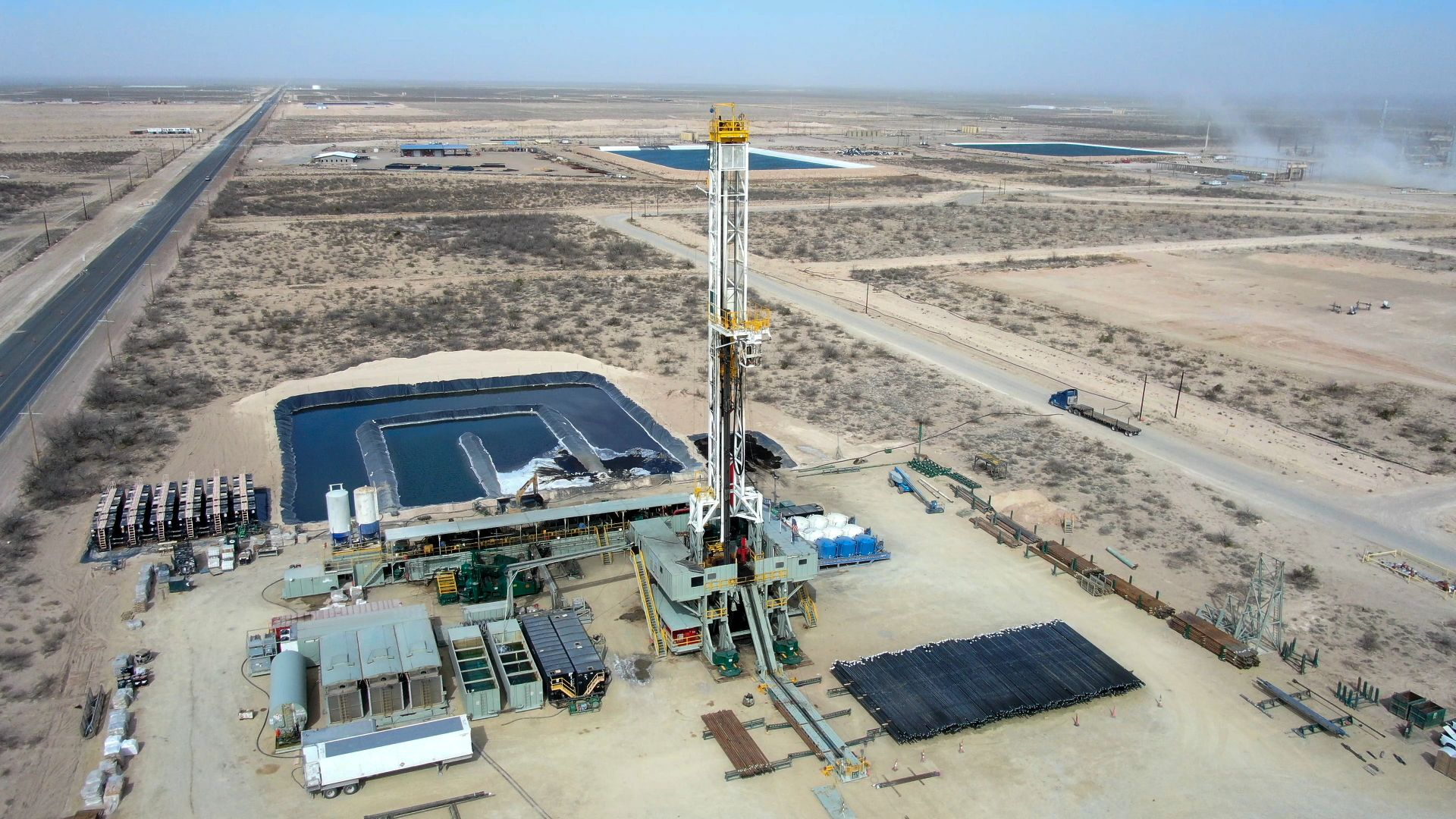
Southwestern states struggling with drought debate the recycling of fracking wastewater
Often contaminated with carcinogens like benzene and arsenic, the water that flows back up from oil and gas extraction wells is expensive to store, hard to reuse, extremely brackish, and has caused countless headaches for both industry and nearby residents. Colorado, New Mexico, and Texas are pursuing ways to make industry recycle more of its wastewater in oilfields to avoid depleting freshwater sources, as well as attempting to expand the use of this wastewater for other purpose

Louisiana officials want to displace a majority Black community to make room for industrial 'MegaPark'
State and local officials envision Modeste, a small community in Ascension Parish, not as a tight-knit residential community but as the “RiverPlex Megapark,” a 17,000-acre industrial site home to multiple industries. If all goes according to plan, dozens of residents would leave to make room for a steel plant by Korean automaker Hyundai. State officials are offering Hyundai $2.4 billion in incentives, including a $1.2 billion in local property and sales tax breaks.
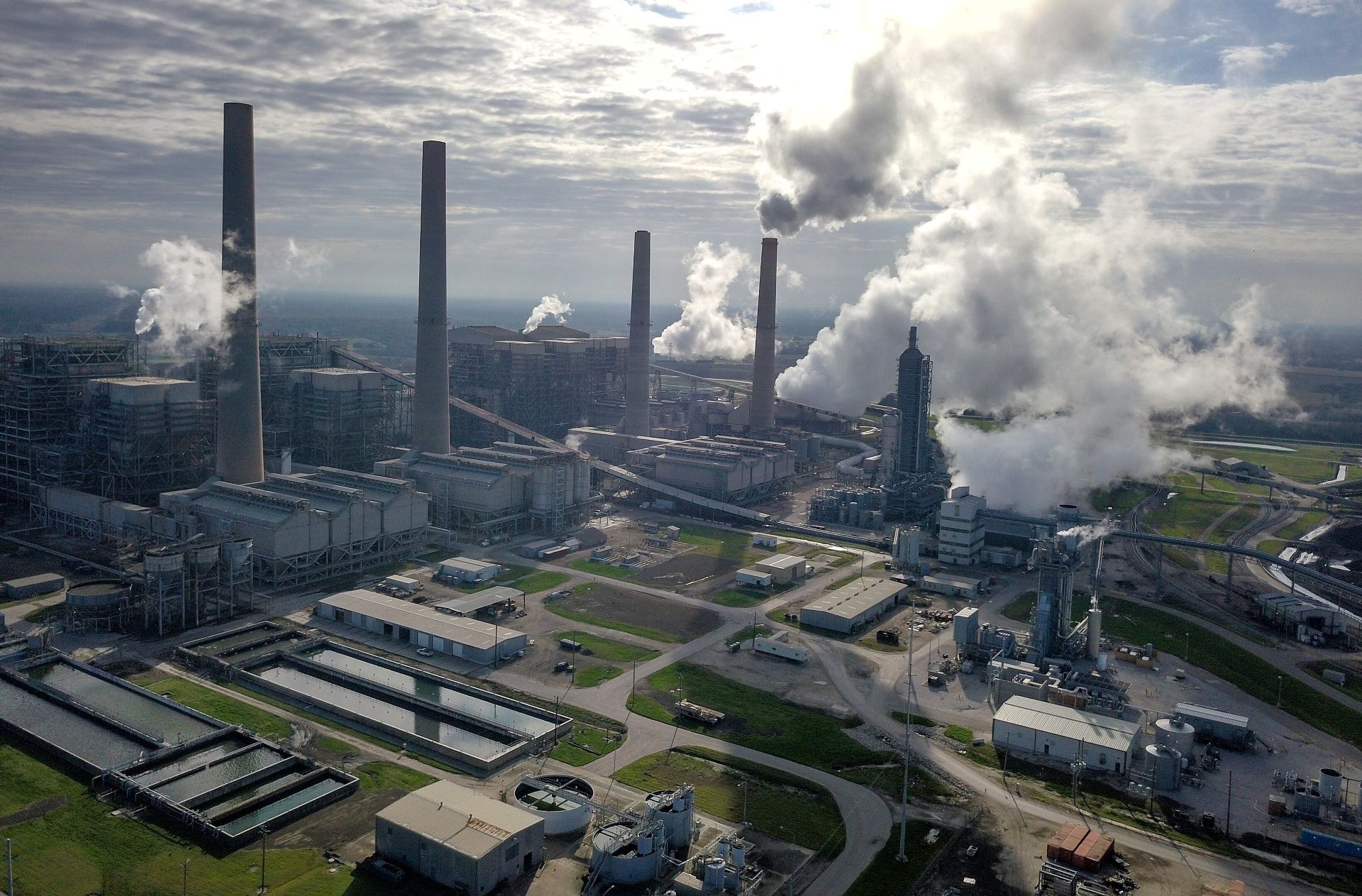
During a dark time for clean energy, carbon capture for the oil industry gets a boost
The past several years have seen a flurry of carbon capture projects, with at least 270 proposed across the U.S. -- many buoyed by billions in subsidies from the Biden Administration meant to fight climate change. But so far, only a tiny fraction of these carbon capture projects are actually operating, and only four are “permanently” burying carbon without directly subsidizing the oil and gas industry. Trump's "Big Beautiful Bill" recently increased incentives for using captured carbon to produce more oil and gas.